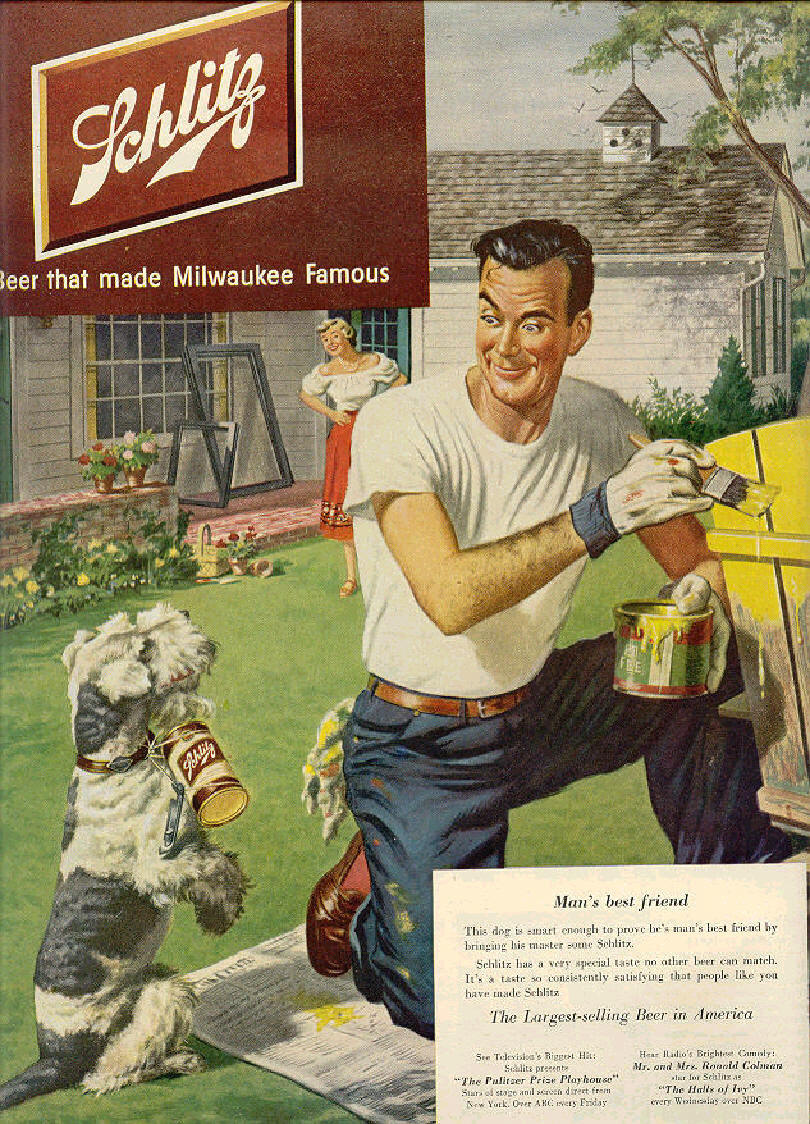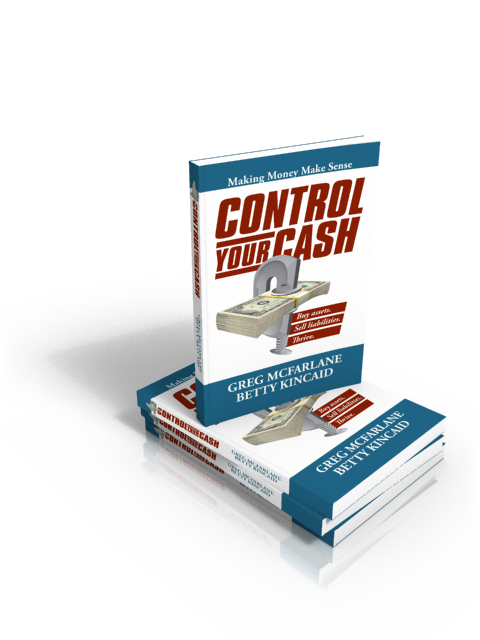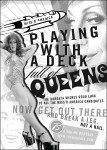
Before the Swedish Bikini Team, before Spuds MacKenzie, before the Keystone bitter beer face guy, there was only a pompadour and an obedient terrier. And an approving wife. And it was good.
Why do people buy? Take Bud Light, for instance. The “Drinkability” campaign is the brand’s latest. It’s also either its most or 2nd-most memorable* since the early-‘80s “Gimme a light. No, Bud Light” campaign, in which bar patrons were routinely served everything from incandescent bulbs to Papua New Guinean fire dancers.
Each “Drinkability” spot follows the same theme. The on-camera narrator is partaking in a social scene. Every other character in the scene freezes, at which point the narrator tells us that Bud Light is so distinguished from its light contemporaries that it requires the coining of the campaign’s namesake word. To illustrate how difficult it is for an ad campaign to resonate, cursory exposure to pro football over the past few weeks resulted in at least 40 exposures to variants of the “Drinkability” campaign. These included the spot with the hot redheaded tomboy walking through a tailgate party, the one with the guy from the cellphone commercial at a backyard barbecue, the one with the guy who looks like he listens to Phish at another backyard barbecue, and the campaign’s latest manifestation, where one guy takes over a casual conversation by turning the TV screen into a telestrator. Yet before researching, the writer honestly thought “Drinkability” is a Miller campaign.
How can a TV viewer – one who works in advertising, no less – can see a beer commercial or a car commercial or a cellphone commercial dozens of times yet not remember exactly what’s being pitched?
In the case of beer, the problem is that it’s an inherently static product with little difference among brands. Anheuser-Busch may have its Budweiser devotees who won’t drink anything else, and Coors its fans of toxins dissolved in pure Rocky Mountain spring water, but no one sufficiently parched or alcoholic is going to forgo his second choice if his first choice is unavailable. Exposure to countless beer commercials over the years has educated us on heat pasteurization, cold filtering, Bavarian purity laws, top-fermenting yeast, strategic hop content and more minutiae than someone simply looking to have his thirst slaked would ever want to process. The beer species classified as “American-style pale lager” is easily the most popular variety in North America. But the resounding truth is that there isn’t a whole lot you can do to an American-style pale lager to make it interesting or distinctive. 30 years ago you could create a new drink category by brewing a light version, but that’s about it.
That isn’t technically true – some enterprising brewer could add orange pulp at the source, or go for the English expat market by selling a non-carbonated version and recommending it be drunk at room temperature. While gimmick beers do exist, funny labels and fruity undertones are hardly the way to gain fat market share. At least in the United States, beer isn’t defined by its taste, nor its retail displays, nor its “drinkability”; not beyond a certain threshold, at any rate.
Beer is Clydesdales. It’s a CEO in jeans espousing the virtues of postcard scenes in his picturesque home state. It’s retired athletes cracking jokes. It’s mantric slogans. It’s an animated train rushing by while the O’Jays sing. Maybe in the case of an Iron City or an Anchor Steam, it’s a statement about the drinker’s hipness or local pride. But among the market leaders, selling a ubiquitous product, it’s endless repetition.
Anheuser-Busch, Miller and Coors have reached the point of saturation – where advertising morphs from an investment into a fixed expense. For instance, Coors has – must have – a new campaign under wraps. No one outside the circle of relevance knows what the campaign will entail, or even needs to. But we do know that the campaign’s purpose will not be to avail people of Coors’ existence. Nor will it be to gain a significantly larger piece of the beer-drinking pie. Rather, the campaign will run simply because all the competitors will be running their own campaigns. And as anyone who played intramural college sports knows, failing to suit up for the game is worse than losing.
If Coors doesn’t advertise, the implicit message will be that the company’s cash position is so weak that the company can’t afford to run ads anymore. Or perhaps that Coors reached an impasse with its ad agency (the fortuitously named Draft FCB) and is now a bad business partner. Or it could mean that Coors somehow thinks that it simply doesn’t need to spend millions of dollars best spent somewhere else, a proposition that makes sense yet is so far removed from the 21st century megacorporate business model that the company might as well be paying its employees in scrip.
* Either that, or the “Real American Heroes/Real Men of Genius” ** campaign. RAH/RMoG’s spots consist of parody songs performed by a ‘70s-era yacht rocker, in the form of paeans to heretofore underappreciated everyday members of society (“Mr. Giant Taco Salad Inventor”, “Mr. Overzealous Foul Ball Catcher”). Again, before researching this hilarious campaign, our experts couldn’t remember exactly which beer it sold.
**Started in 1999, the campaign originally used the phrase “Real American Heroes”. After September 11, 2001, Anheuser-Busch changed to the less emotionally charged “Real Men of Genius”.



